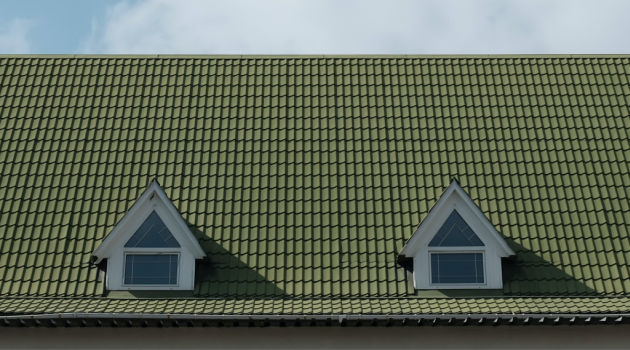Your house needs a sturdy foundation and a strong roof to hold out against the winds of time. Whether sloping or flat, it gets the most beating from the sun and weather; you may take it for granted for a long time before you realize too late that something’s wrong with it. This underrated part of your house needs maintenance and repair, and sometimes, even a replacement.
Do You Need a New Roof? Here are Seven Signs
When should you consider this substantial investment? Here are a few tell-tale signs to look out for!
1 – Weathered-down Roof Joints and Junctions?
If your home has a sloping roof, then it will likely have joints and junctions. Due to harsh weather conditions like rain, snow, and even extreme sun, the joints are likely to suffer from wear and tear. Shingles or tiles become brittle and break due to weathering over a long period of time. In the case of a flat roof, leakages happen because of poor workmanship or cold joints in the concrete.
2 – Rattling Roofs and Squeaky Eaves?
The material with which your shingles are made makes a huge difference as to how frequently you need to make replacements, whether just a small patch reparation or replacing the entire roof. Roofs made of cement sheets and polycarbonate materials tend to develop leaks. These materials very often rattle and loosen in the wind. Sometimes the screw fasteners loosen up because of this, enlarging the holes by degrees, and soon enough, you’ll see leaks appear.
3 – Missing or Broken Tiles?
Often, your roof takes much physical damage, due to which tiles may get broken or fall in. This is a very visibly ugly sight that can lead to unwarranted problems in the future if not fixed immediately. If the edges of shingles are curled or cracked, or their tabs are cupped, it means that the effect of weathering has affected your roof. Sometimes, weathering also leads to bald spots where granules are worn down on your shingles. This makes your home look older and not neat.
4 – Waterlogged Woodwork?
When you don’t fix your damaged shingles or tiles, there are high chances that water may permeate in through the ceiling. Over time, any water collected underneath the shingles will seep into the woodwork. Of course, this may cause warping, swelling, and cracking, and may even lead to wood rot. Eventually, this can cause structural damage. Don’t ignore the issue of loose shingles or broken tiles for too long. In fact, a small crack can cause it to crumble.
5 – Old Age and Structural Damage?
The older your house is, the greater the chances that the structural framework of your roof has undergone shocks and stresses. Many roof tiles today are produced for durability. However, there are plenty of factors that can affect how fast your roof ages. You should be more careful if the age of the roof is more than 20 to 25 years old, that is, the useful life of your roof; in these circumstances, a minor plastering or patchwork repair will not suffice. Often, many structural weaknesses remain hidden under small repair work. Over time, these weaknesses magnify to cause large-scale damage.
6 – Dark Streaks on your Roof?
As your roof is the part that remains exposed to air and moisture throughout the year, it’s also prone to catching airborne algae that collect and create dark streaks on roof decks. Moss can start blooming on damp, low-sunlight spots on roof surfaces, especially in cold, moist climates.
 7 – Neighbors Are Getting an Upgrade
7 – Neighbors Are Getting an Upgrade
Take a look around; are your next-door neighbors getting new roofs? While you may not like comparing, this might be a good idea to check that the homes in your vicinity, made around the same time, might be facing similar weather conditions. You should consider getting a roof replacement done by a credible and experienced roofing company than going the DIY way, instead of repair.


